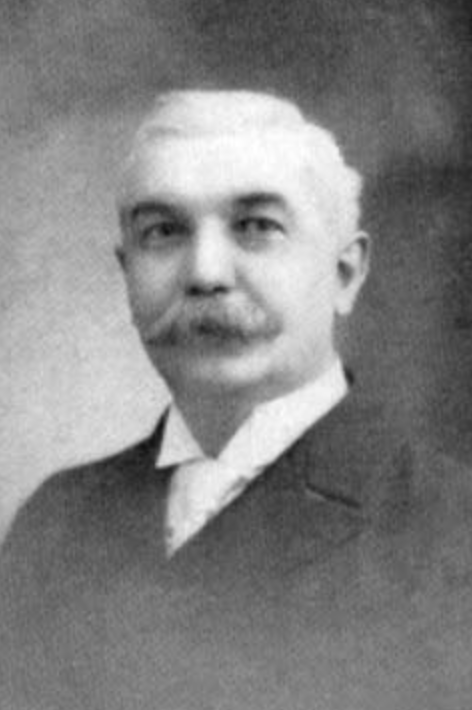A brooklyn farmer’s market–and produce prices
One hundred years ago today … The Wallabout Market, established in 1884, was located next to the Naval Yards in downtown Brooklyn. Its main entrance was on Washington Avenue.
Wallabout Market ca. 1920. From William Lee Younger, Old Brooklyn in Early Photographs 1865-1929 (Toronto: Dover Publications, 1978), 5.
The Wallabout Market had once been the second-largest market in the world, according to researcher Andrew Cusack. As he describes it:
The market featured permanent two-story brick structures designed in a nostalgic Dutch style, commemorating the Netherlandish origins of New York and Brooklyn, centered around an open plaza known as Farmers’ Square where stalls were erected…. The market buzzed with activity from about midnight until just after dawn, by which time trading had died down. During the majority of the daylight hours the vast market stood empty. (“Wallabout Market” at AndrewCusack.com.)
Wallabout Market, 1920. Ebay user B.K. Sales.
The Sun and New York Herald 16 July 1920. Newspapers.com.
Wallabout Market operated up until World War II, when the Naval Yards expanded, taking over the area. The market moved to Canarsie.
On July 16, 1920, Wallabout Market was in the news, along with Gansevort Market on Manhattan’s Lower West Side, and Harlem Market in the 120s along Park Avenue.
According to The Sun and Herald, whose source was the weekly Farmer’s Market Report, produce had been problematically abundant of late. Wholesale prices for beets, carrots, lettuce, peas, radishes, and spinach dropped steeply, and the vegetables were sold at “sacrifice prices.” Even so, vendors had extra stock that they had to either give away or discard.
Eugene H. Porter, undated. Photothèque Homéopathique.
The author of the report was Eugene H. Porter, New York State’s Commissioner of Foods and Markets, formerly New York State’s Commissioner of Health. Earlier in 1920, he had arranged a conference on the subject of food marketing (as in distributing, not publicizing), held at Murray Hill Hotel, 112 Park Avenue (“Market Officials Will Meet Here,” The New York Herald 30 January 1920, p. 1).
WRITTEN BY JONATHAN GOLDMAN. JULY 16, 2020.
TAGS: food, markets, produce, vegetables, Brooklyn




